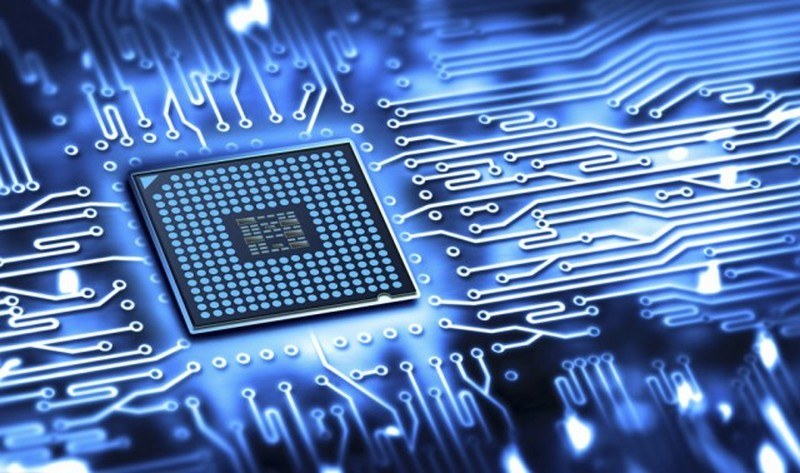How to choose the right microcontroller for your project?

The microcontroller plays a key role in technological revolution that shape modern life. The list of possible microcontroller applications is long: Low-cost wearables, medical equipment, sophisticated consumer electronics, rugged industrial devices, state-of-the-art military and aerospace systems – these adaptable, affordable and easy-to-use components are a well-rounded addition. coming to virtually any electronic product.
Given a variety of templates, we have outlined some of the important features below to help you choose the right component for your project:
Microcontroller Critical Parameters
You need to identify your most important and specific requirements. Many peripherals and processing features will be available on virtually any modern microcontroller, so they are not interesting to narrow your search for the ideal item – for example, you don’t need to look for an MCU that offers basic serial communication, clock frequencies above 10 MHz, adequate amounts of Flash and RAM, an internal oscillator, general purpose timers, or an integrated debug module (they often use the JTAG interface).
The following points provide some examples of “less standard” features that help you narrow down the list of microcontrollers that may be appropriate for a given project.
Digital to Analog Converter
You won’t have a hard time finding an MCU that includes an analog to digital converter, but DACs are significantly less common. They are, however, very useful in certain applications and an integrated DAC is certainly much more convenient than an external DAC.
Analog to Digital Converter
ADCs are common, and this is true, but it is important to note that many microcontroller ADCs are in the low to moderate performance range. If you need an ADC with a very high resolution or sampling rate, you will need to make it a priority in your selection process.
Clock frequency
If you want a microcontroller that is more compatible with high-compute DSP functionality, you need to prioritize devices that support high work frequencies. Microchip, for example, has high performance 32-bit MCUs that operate at up to 300MHz.
Universal Serial Bus (USB)
The USB interface is a dominant form of serial communication, a highly effective means of transferring data between an embedded device and a PC, and within the context of consumer electronics is indispensable. If you are looking for a compact and straightforward method of incorporating USB connectivity into your system, I recommend focusing on microcontrollers that incorporate a USB module.
Capacitive touch sensor
Capacitive Touch Sensor is an increasingly popular form of user interface. Although this sensor is conceptually simple, the actual implementation can be quite complicated, and it is definitely useful to have a microcontroller specifically designed to support this type of interface. If you use touch sensors in your project, it is important to prioritize this feature when selecting parts.
Cost and package size
It is difficult to place these parameters in a specific part of the part selection process because their importance varies greatly from application to application. In some cases, you have plenty of board space and can completely ignore the size of the package, and the cost is often irrelevant for engineers who are developing prototypes or systems that will never be mass produced.
On the other hand, it is possible to find numerous electronic products that are very small and cheap, as well as they may have only one of these features, or be small or cheap. In such situations, you always need to be aware of the price and / or package size as you gradually filter parts based on their critical parameters and their preferred manufacturers.
Evaluation Hardware
Everyone from hobbyists to professional engineers can benefit from an affordable and carefully designed development board. This is usually the most painless and reliable way to evaluate a microcontroller and gain some familiarity with its programming interface and functional details. After restricting your search to some MCU models, it is important to check the availability and cost of development cards for these items.
Clarifying: what is microcontroller?
A microcontroller is an integrated circuit (IC) device used to control other parts of an electronic system, usually through a microprocessor unit (MPU), memory, and some peripherals.
These devices are optimized for embedded applications that require processing functionality and responsive interaction with digital, analog, or electromechanical components.
The most common way to refer to this category of integrated circuits is “microcontroller”, but the abbreviation “MCU” is used as a synonym for “microcontroller unit”. You may also occasionally see “µC (where the Greek letter µ replaces“ micro ”).
“Microcontroller” is a well-chosen name because it emphasizes the characteristics that define this product category. The prefix “micro” implies small size and the term “controller” refers to an improved ability to perform control functions. This functionality is the result of combining a digital processor and digital memory with additional hardware that is specifically designed to help the microcontroller interact with other components.
We hope this short guide will help you navigate the sometimes intimidating process of choosing a microcontroller from the thousands available commercially. Our team is always on hand to present the most current application options according to your project.